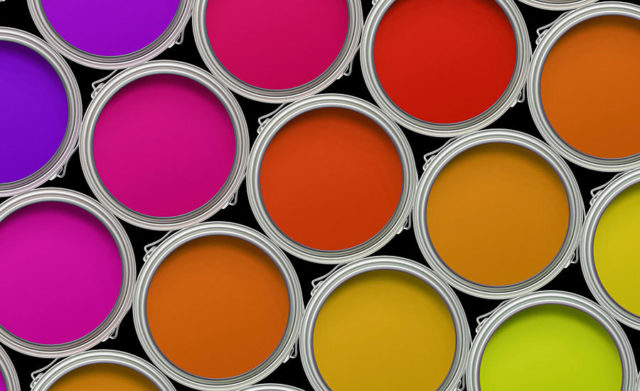More news
- Focus on the global coatings market: Global coatings market outlook
- View from the UK: Navigating chemical policy and sustainability
- Focus on adhesives: Unveiling unbreakable bonds – Testing redefines physical strengt...
- Focus on adhesives: Henkel and Covestro collaborate for sustainability of engineered wood ...
- Advances in construction chemical technology: What’s new in 2024?

Artur Palasz, Ph.D., Spektrochem, reports on case studies comparing the effects of standard HEC with hydrophobically-modified HEC in latex paints
Cellulose thickeners are the basic group of rheological modifiers ensuring the viscosity of dispersion paints in the low-shear (Brookfield) and mid-shear forces (Stormer) area. They provide resting viscosity and allow the paint structure to be rebuilt after application to the substrate at higher shear rates (e.g. roller), preventing sagging. Standard grades of hydroxyethyl cellulose as paint thickeners are common and used in both high and low PVC (pigment volume concentration) latex paint formulations. In low-cost contractor’s dispersion paints with very high PVC (e.g. ceiling paints), HEC also acts as a binder supporting the binding of pigments and fillers. Unfortunately, typical HEC thickeners do not allow for non-spattering properties when painting with a roller, and such a feature is extremely desirable for the paint market, especially where interior painting is performed by non-professional painters. The solution to this problem comes with hydrophobically-modified HEC thickeners, the effectiveness of which will be discussed in this article.
Read the full article here: Additives for latex paints



